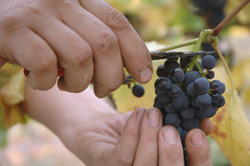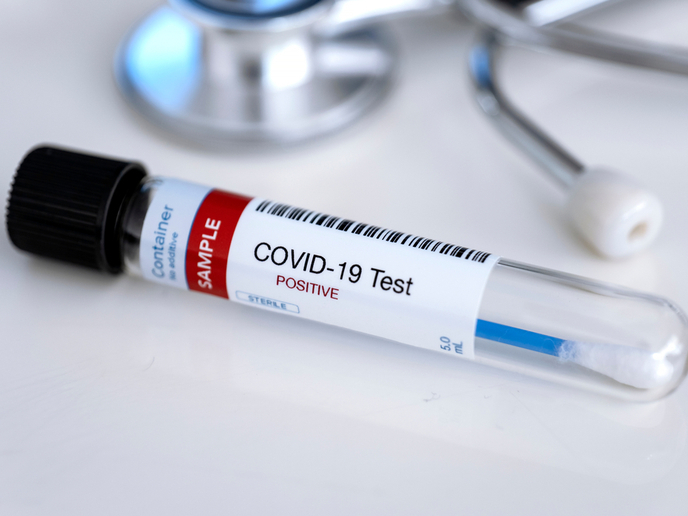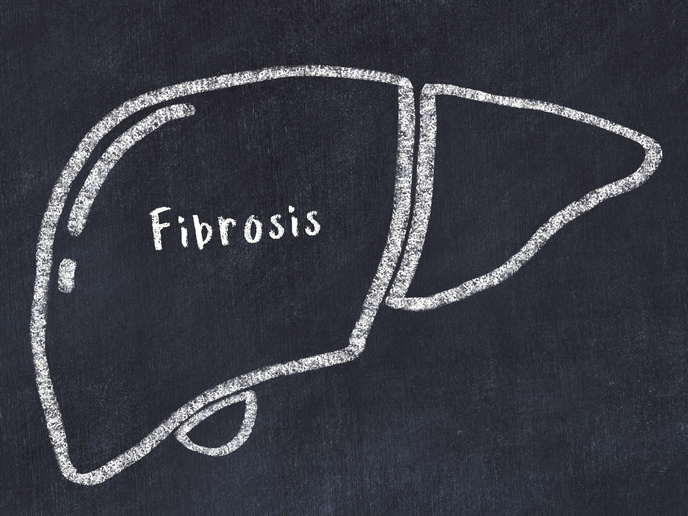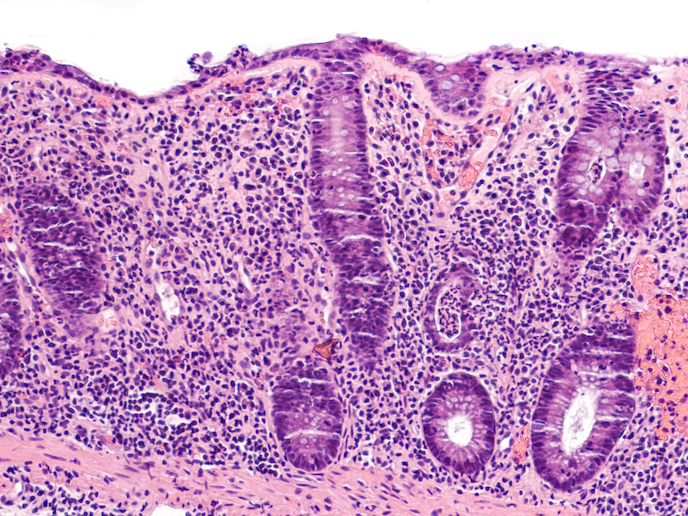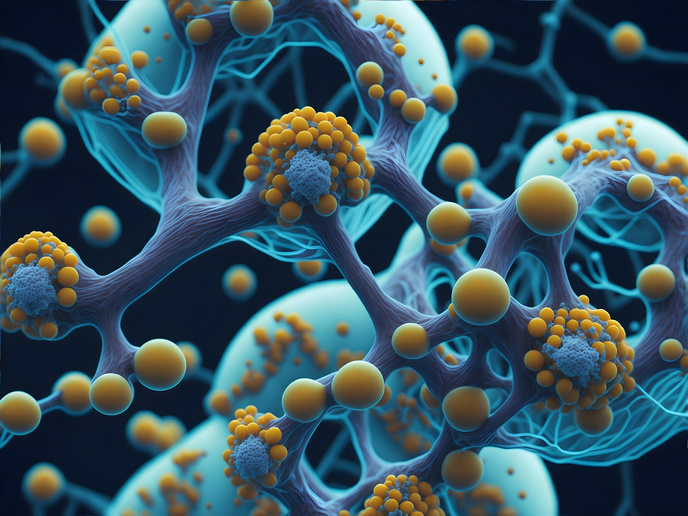Source of wine contamination studied
Ochratoxin A (OTA) is a mycotoxin that can cause kidney damage and is classified as a human carcinogen. Its presence in wine is strictly controlled using sampling during the wine production procedure and concentration limits. Contamination starts in the vineyard and it is in the interests of the grape producer to employ good agricultural techniques to minimise outbreaks of the fungi responsible. Project partners from WINE-OCHRA RISK studied the fungi responsible for the toxin in southern Europe and Israel. They also investigated the periods during cultivation when risk of infection was greatest. Furthermore, information for growers most at risk could be derived from maps produced based on geographical distribution of the fungal pathogen. The pathogens responsible were all species from the group Aspergillus section Nigri. They found that the inoculum is invariably present in vineyards but, like most pathogens, it is an opportunist and thrives in certain conditions. One major factor was berry damage linked to entry of the spore to the grape flesh substrate. Damage can be abiotic, including rough handling of the bunch of grapes. In the biotic category, a whole host of other pathogens can cause breach of the grape skin that will facilitate entry by the fungus. These include insect damage and other microbial infections causing skin rupture. The crucial time of development was from early berry ripening (known as veraison) and harvesting. Ochratoxin A could be found in berries that showed no symptoms but concentrations were found to be higher in berries with the characteristic symptoms. The same team of scientists from the Italian Università Cattolica del Sacro Cuore also mapped the geographical distribution in Europe and Israel. Trends were found that could be helpful in prediction of outbreaks of the disease. Generally, incidence increased going from west to east and from north to south. This research formed a significant basis for further investigation into the incidence of OTA in the grape harvest. As with the pathology of any disease, the factors involved are complex and specific to the requirements of the pathogen. Meteorological data could be one further avenue of investigation.



